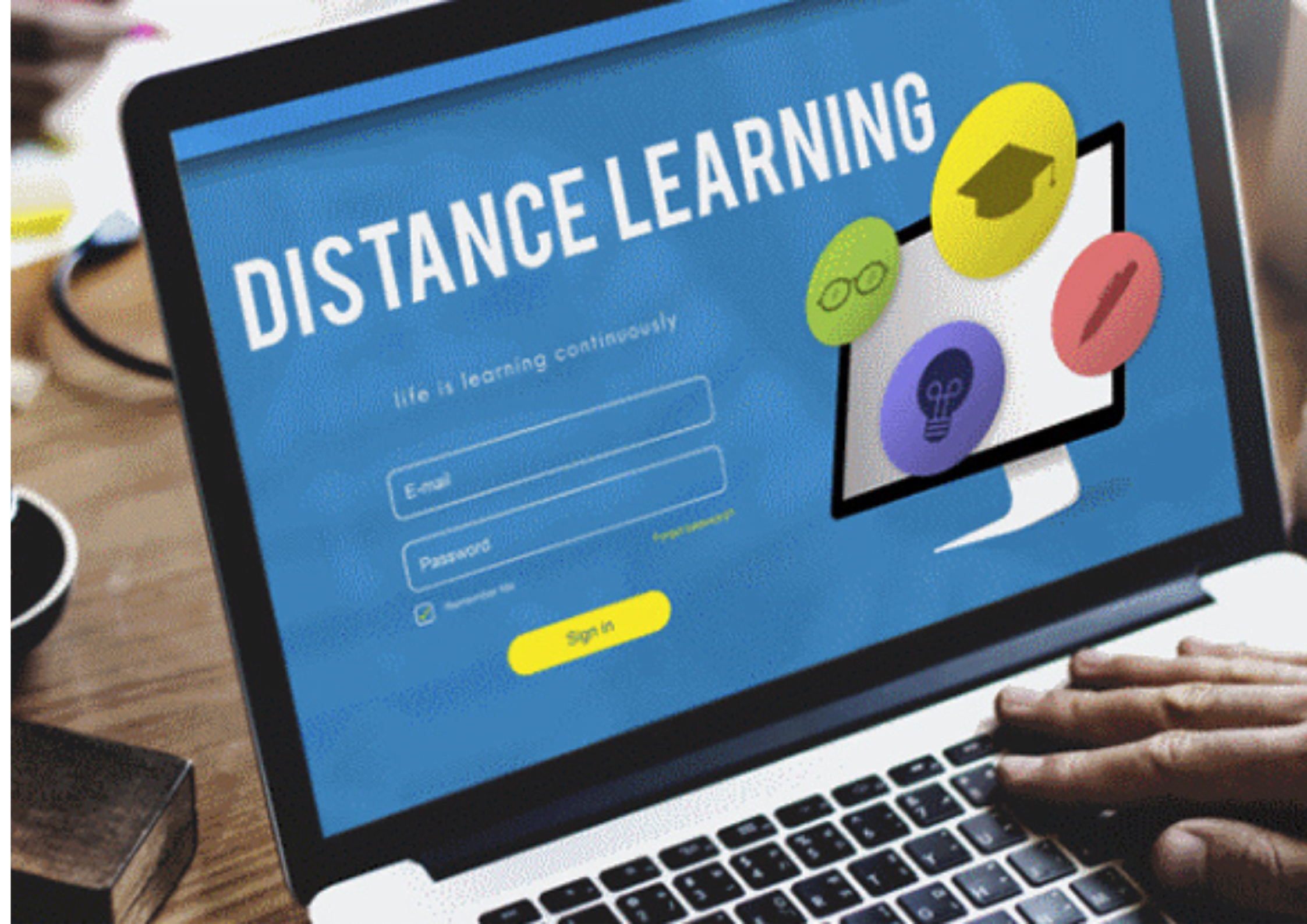Over the past decade, distance learning has moved from a niche option to a mainstream mode of education. Accelerated by advancements in technology and the global shift during the COVID-19 pandemic, it now offers learners flexibility and access like never before.
Yet, while it provides unique opportunities, it also presents its own set of challenges. Understanding both sides helps students, parents, and educators make the most of this evolving educational method.
What Is Distance Learning?

It refers to any form of education where students and instructors are not physically present in the same location. It often uses digital platforms such as video conferencing, learning management systems (LMS), emails, and interactive multimedia to deliver lessons and facilitate communication.
There are various types of distance learning, including fully online courses, blended learning (a mix of online and in-person classes), and correspondence courses.
Benefits of Distance Learning

1. Flexibility in Time and Location
One of the greatest advantages of distance learning is the ability to study anytime, anywhere. One of the most significant advantages of distance learning is the flexibility it offers. Students can fit classes around their schedules, making education accessible to working professionals, parents, and those with other commitments.
2. Wide Range of Programs and Courses
From professional certifications to advanced degrees, institutions worldwide offer diverse programs through learning. Learners can choose specialized courses that may not be available locally.
3. Cost-Effective Education
Without the expenses of commuting, housing, and on-campus facilities, distance learning often proves more affordable. Many online resources and open-source materials further reduce costs.
4. Personalized Learning Pace
Students can revisit recorded lectures, pause content for better understanding, and review materials multiple times. This flexibility allows individuals to learn at their own pace and focus on areas they find challenging.
5. Development of Digital Skills
Participating in distance learning naturally improves technical proficiency. From using virtual collaboration tools to mastering online research, students gain valuable digital skills that are essential in today’s job market.
Challenges of Distance Learning

1. Lack of Face-to-Face Interaction
A key limitation of distance learning is reduced direct contact with teachers and peers. This can lead to feelings of isolation and limit opportunities for spontaneous discussion and networking.
2. Self-Motivation and Time Management
Without a structured classroom environment, students must be self-disciplined. Managing time effectively and staying motivated can be difficult, especially for those who prefer in-person accountability.
3. Technological Barriers
Access to reliable internet, suitable devices, and technical support is essential for distance learning. Students from remote areas or those with limited resources may face difficulties.
4. Limited Practical or Hands-On Experience
Fields like laboratory sciences, performing arts, or certain vocational skills require physical interaction and equipment, which can be challenging to replicate through distance learning.
5. Distractions at Home
Home environments may not always be conducive to focused study. Household responsibilities, noise, and other distractions can affect productivity and learning outcomes.
Strategies to Overcome Challenges

Create a Dedicated Learning Space
A quiet, organized workspace reduces distractions and builds a routine for effective distance learning.
Set a Consistent Schedule
Establish fixed study times to maintain discipline and ensure steady progress.
Leverage Communication Tools
Use discussion forums, video calls, and group chats to stay connected with peers and instructors, compensating for the lack of physical interaction.
Seek Technical Support
Familiarize yourself with the platform’s tools and reach out for help when facing technical difficulties to avoid interruptions in learning.
The Future of Distance Learning

As technology continues to evolve, it will only become more advanced and interactive. Innovations like virtual reality (VR), augmented reality (AR), and AI-driven personalized education will further bridge the gap between online and traditional classrooms. Hybrid models combining physical and digital learning experiences are also expected to dominate the education landscape.
Conclusion
The rise of learning reflects a major shift in how education is delivered and accessed. Its flexibility, affordability, and global reach make it a powerful alternative to traditional classrooms. However, success requires overcoming challenges such as lack of interaction, technological barriers, and the need for self-discipline. By adopting effective strategies and embracing technological innovations, students and educators can harness the full potential of distance learning.
FAQs on Distance Learning
Q1. What is distance learning?
Ans: This is an educational approach where students and teachers engage remotely using digital platforms, without being physically present in the same location.
Q2. What are the main benefits of distance learning?
Ans: It offers flexibility, cost savings, a wide range of programs, and opportunities to develop strong digital skills.
Q3. What are the common challenges of distance learning?
Ans: Challenges include limited face-to-face interaction, self-motivation requirements, technological issues, and fewer hands-on experiences.
Q4. How can students stay motivated during learning?
Ans: Creating a structured schedule, setting goals, and actively participating in online discussions can help maintain motivation.
Q5. Will this learning continue to grow in the future?
Ans: Yes. With advancements in technology such as VR, AR, and AI, distance learning is expected to expand and become even more interactive and effective.






